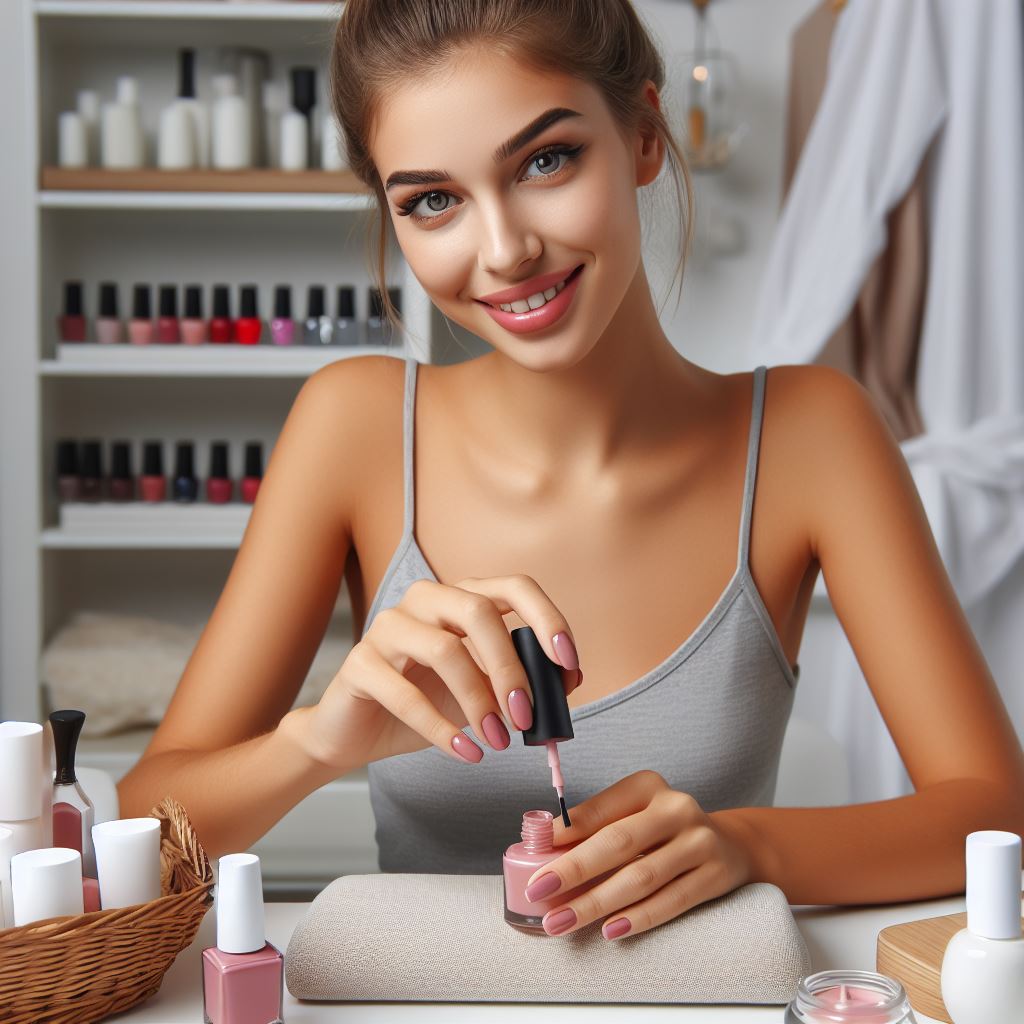
Hello lovely readers! Let's take a moment to talk about nail care, a topic that often gets overlooked amid our busy routines. We women, always on the run, can sometimes forget that our nails, just like our skin and hair, require some love and care too!
If you've ever experienced that sinking feeling when you spot a chipped nail, or if you're just tired of hiding yellow nails under layers of polish, you've come to the right place. This article is your ultimate guide on "nail care 101," dedicated to helping you achieve strong, healthy nails that you'll be ready to flaunt without any polish on!
Sit tight, grab a cup of your favorite drink , and let's dive into the world of nail care, one where we will uncover everything from nail anatomy to the nutrition for healthy nails. It's important to remember, beautiful nails are not just about looking good; they are a reflection of our overall health.
Let's embark on this journey to better nail health together. Shall we?
Understanding Nail Anatomy
Nail care is more than just keeping them manicured and polished. Having a thorough understanding of nail anatomy can go a long way towards maintaining healthy and strong nails. In this section, we're delving into the fascinating world of nail anatomy, discussing four key components: the Nail Plate, Nail Bed, Cuticle, and Lunula. So, let's dive in, shall we?
Nail Plate
"The world at your fingertips" they say, and quite literally, the nail plate is the part of the nail you see when you look at your fingertips. It's that hard, protective layer made up of keratin - a sturdy protein also found in your hair and skin. The nail plate's primary responsibility? To shield the sensitive nail bed underneath from injury.
Nail Bed
Speaking of the nail bed, this is the part of your nail anatomy that sits right below the nail plate. A good analogy is that it's very much like the mattress for the nail plate's 'bed'. The nail bed contains a network of tiny blood vessels that give your nail its pinkish hue. An interesting point is that faster blood circulation in the nail bed contributes to quicker nail growth!
Cuticle
Now onto the cuticle, that tiny skin layer you often see at the base of your nail. Not just a pretty border, the cuticle has a serious job: protecting new keratin cells. These cells eventually harden to become the nail plate. Just like a faithful guardian, your cuticle seals off the space between the skin and nail to keep the bad guys (bacteria and fungi) out.
Lunula
Finally, we come to the lunula— the small, whitish half-moon shape at the base of your nail. The lunula is essentially the 'birthplace' of the nail plate, where keratin begins to harden. It's like the crescent moon rising in the twilight; a new beginning for your nails every day.
By understanding each component of the nail anatomy, you're one step closer to achieving better nail health. After all, knowledge of your body's various systems is the first step in maintaining a well-balanced you. Healthy nails are happy nails, and happy nails are a sure sign of a happy you!

Importance of Nail Health
Did you ever look at your nails and think, "Why should I care about my nail health?" I did, and after rigorous research, I discovered that good nail care isn't just about looking polished and presentable - it's much more!
Our nails are an integral part of our body that we often forget to show love to. But the truth is, like our skin and hair, our nails also need appropriate care and attention.
The role of nails in our body
Our nails aren't just there to serve aesthetic purposes; they actually serve vital functions in our body:
- Protection: Nails shield the sensitive tips of our fingers, protecting them from injury.
- Sensitivity: Because the fingertips have numerous nerve endings, the nails add precision to our sense of touch.
- Grip: Nails aid in picking up small objects, like a tiny piece of paper lying on the floor.
The hidden health indicators
Did you know that your nails can reveal a lot about your overall health? It's kind of like a sneak peek into your body's inner workings. A change in nail color, texture, or shape could be a warning of certain health issues.
Here's some examples:
- Pale nails could indicate anemia or liver disease.
- Yellow nails might suggest respiratory disease or diabetes.
- Pitted or rippled nails could be a sign of psoriasis or inflammatory arthritis.
- Blue nails might signal low oxygen levels in your blood due to heart problems.
Tip: If you notice any major changes in your nails, it's always a good idea to get checked by a doctor.
Ensuring healthy nails: vital habits
The key to healthy nails lies in a few simple habits:
- Moisturize: Keep your nails well-hydrated by applying a moisturizer regularly.
- Trim regularly: To maintain strong nails, make sure to trim them regularly.
- Consume Nutritional Food: Include foods rich in biotin, like eggs, cheese, and liver in your diet. These can work wonders for your nail health!
- Avoid harsh chemicals: Limit exposure to harsh chemicals such as those found in certain nail polishes and removers.
- Wear gloves: Protect your nails by wearing gloves while doing any harsh cleaning or garden work.
It's time to say goodbye to fragile, decaying nails and hello to shiny, healthy ones! Remember, maintaining our lovely little nails isn't just about adding glamour to our look, but also about keeping them sturdy and, more importantly, keeping ourselves healthy. So, let's promise ourselves to give our nails all the TLC they deserve!
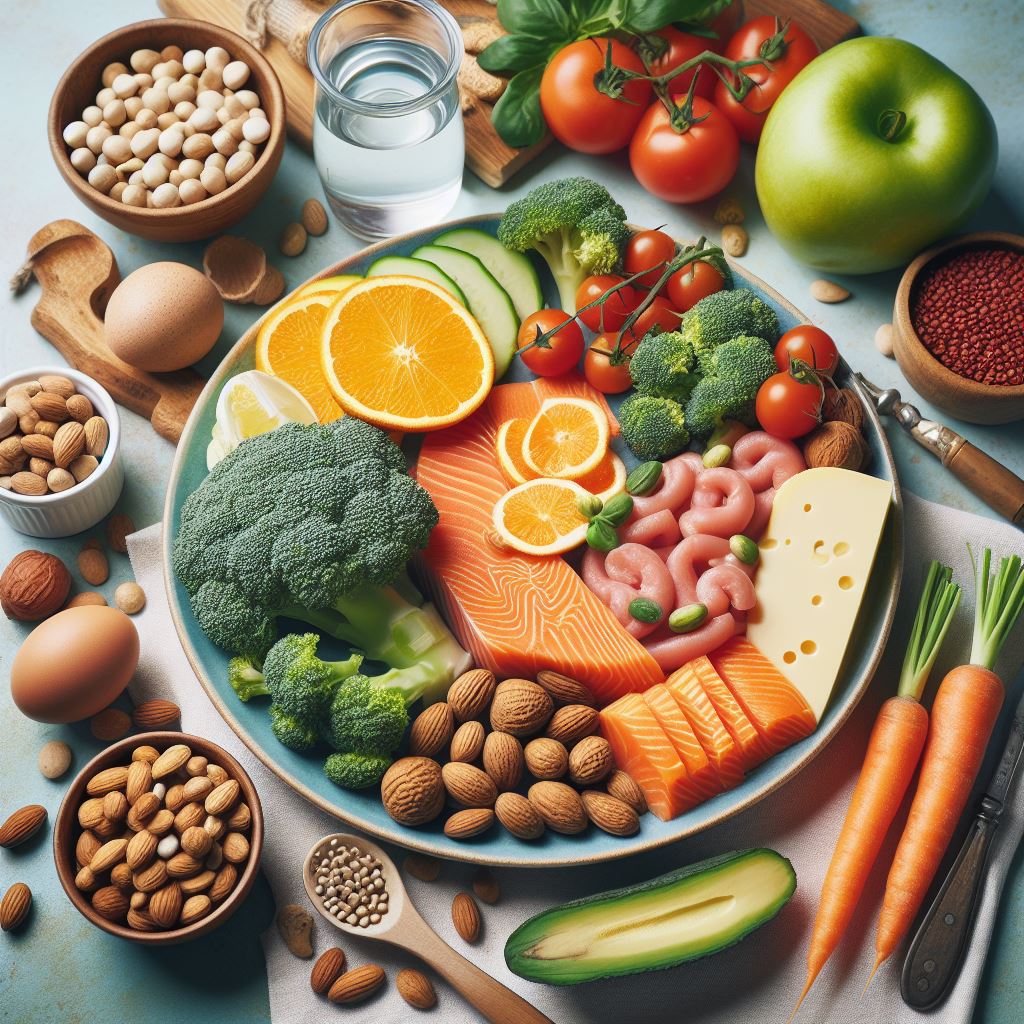
Common Nail Problems
For as long as I can remember, I've always taken pride in the appearance of my nails. However, I've come to understand that keeping nails in top shape isn't always a walk in the park. Just like our skin or hair, our nails can also encounter various problems that require timely intervention. Let's discuss some of these common nail problems that you could potentially face, and what these issues could signify about your overall health.
Brittle Nails
We all have those days when our nails just seem to break at the slightest exertion. As I have experienced, this brittleness is one of the most common nail problems. Mostly caused by aging or prolonged exposure to water or chemicals, brittle nails can be quite frustrating.
Some tips that have helped my nails get stronger and healthier include:
- Keeping my nails well-hydrated using oil-based products.
- Limiting my hands' exposure to water.
- Investing in good-quality nail products.
Of course, if the brittleness persists, it might be a sign of certain health conditions like thyroid disease or anemia. So, don't hesitate to consult a healthcare provider.
Discolorations
One day, I noticed that my nails were changing color. They were either turning yellow, green, or even black! Troubling as this was, I realized this could be caused by various reasons, such as fungal infections, nail polish stains, or even certain medications. However, discolored nails could be a symptom of serious underlying conditions like diabetes, kidney disease, or skin cancer. If your nails show persistent discoloration, it might be a good idea to seek medical advice.
Fungal Infections
Now, this is a nail problem I truly wish upon no one! Fungal infections occur when a fungus attacks a nail, either on your fingers or toes. It could begin as a white or yellow spot under the tip of your nail and might lead to thickening, distortion, or discoloration of the nail. Prevention is definitely better than cure in this case; always ensure to keep your hands and feet clean and dry to avoid these pesky infections.
Nail Psoriasis
The last time I visited a dermatologist due to an unexplained pit or ridge on my nail, I learnt about another common nail condition – Nail Psoriasis. It is an autoimmune disease that could cause discoloration, abnormal growth, or loosening of the nail. It went onto show me how your nails can reveal so much more about your overall health!
Your nails are more than just a canvas for beautiful nail art; they can also provide you with insights about your body's wellbeing. So, take a minute to look at your nails and notice any changes or abnormalities. It might just help you catch a health issue before it becomes serious. Be vigilant and take care!
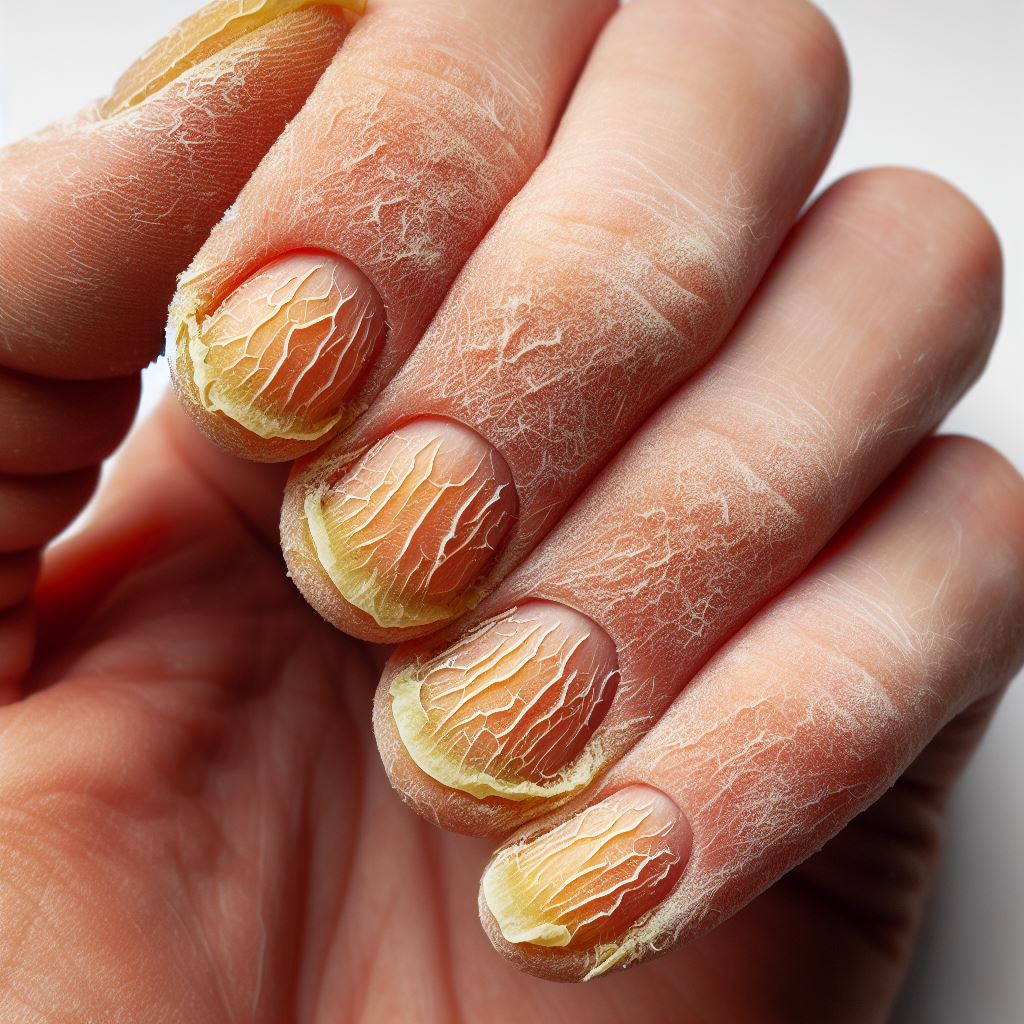
Basic Nail Care Regimen
My hands are always on display, and I know yours probably are, too. Believe me when I say that well-taken care of nails can significantly enhance your overall look and confidence. So how about I share some simple nail care practices that have worked wonders for me, keeping my nails gorgeous and healthy at all times. Grab your nail care kit, and let's dive in!
Keeping Nails Clean and Dry
The foundation of a good nail care routine lies in cleanliness. Dirty nails are a breeding ground for bacteria and infection. Try to clean your nails regularly and keep them dry as much as possible. I always make sure to:
- Wear gloves when doing dishes or cleaning: This will protect your nails from water exposure while keeping them safe from any harmful cleaning agents.
- Regular nail brush usage: I use a nail brush at least once a day to get rid of any dirt that might have lodged itself under my nails. Trust me, no manicure looks good with unclean nails underneath!
Regular Trimming and Filing
Similar to how you trim your hair regularly to keep it healthy, your nails need the same level of love and care. So don’t be afraid to trim your nails every few weeks. Additionally, filing your nails can prevent any uneven edges and reduce the chances of nail breakage or splitting. Here's what I usually do:
- Trimming once a week: I try to trim my nails every Friday evening as a self-care routine. Maintaining a fixed schedule helps me stay consistent.
- Gentle file: I opt for a gentle file to smooth out my nails after trimming, always filing in one direction to avoid any breakage.
Moisturizing
Moisturizing is a must in any nail care regimen. Having dry nails can lead to peeling and breakage, and nobody wants that. I recommend:
- Using a hydrating hand cream: This should be applied after every hand wash, before sleep, and whenever your hands feel dry.
- Regular cuticle oil application: This keeps my cuticles well-hydrated and promotes healthy nail growth. Don’t have cuticle oil? No worries, almond oil, jojoba oil, or even olive oil can do the trick!
Avoiding Harsh Chemicals
It's impossible to completely eliminate all chemicals from your nail care process, especially if you enjoy painting your nails like I do. However, I do try to limit exposure to harsher chemicals that can weaken my nails. So I say 'no' to:
- Nail polishes with harmful ingredients: Always look for nail polishes that are free from DBP, Toluene, and Formaldehyde.
- Acetone-based nail polish removers: While these might work efficiently, their regular use can severely dry out your nails and cuticles.
Remember, caring for your nails doesn’t have to be an uphill battle. It’s all about small actions and consistency. So why not start this routine today and watch your nails transform into the perfect accessory for your hands . Have a nail-tastic day!
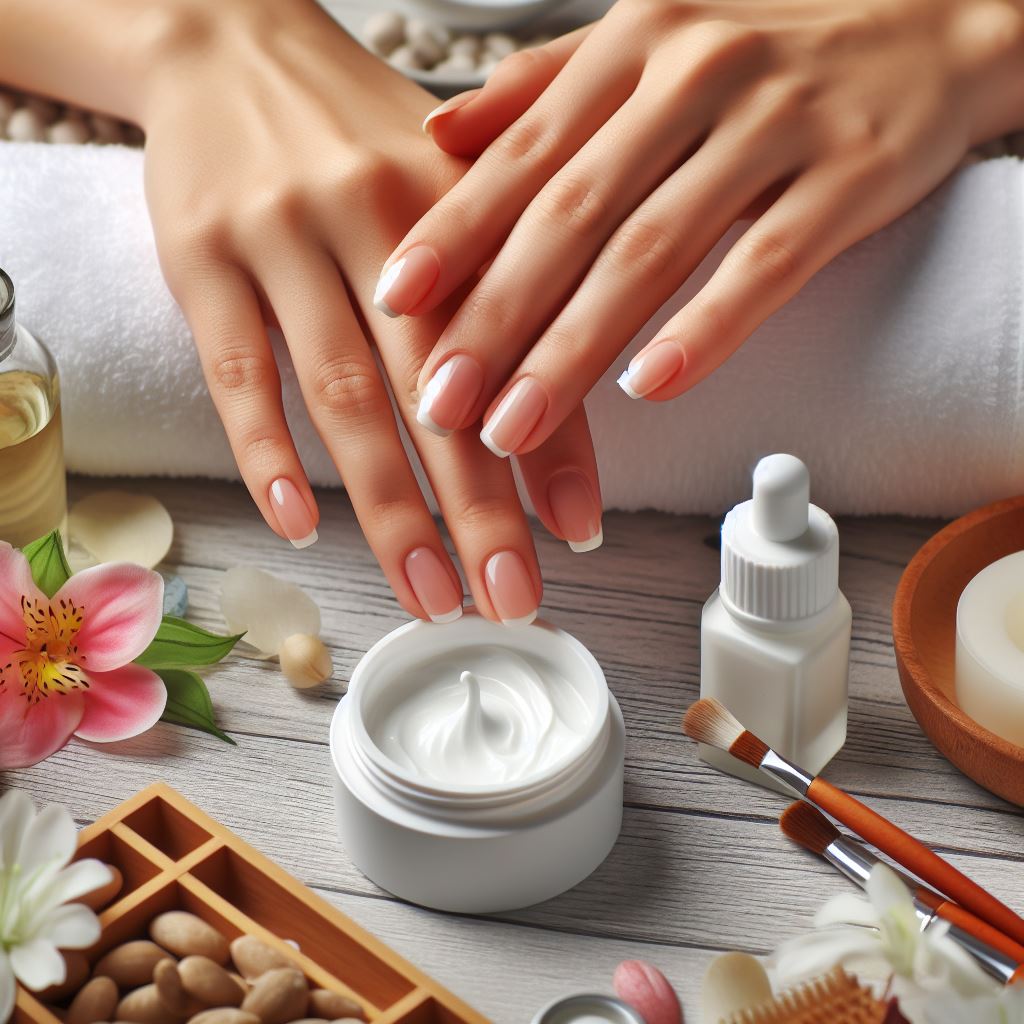
Nutrition for Healthy Nails
Just as a well-polished set of nails can make you feel more groomed and confident, the health of those keratin layers can reflect the overall state of your well-being. Yes, the condition of your nails is intricately tied to your health and nutritional intake. Those seemingly trivial crescents on your fingertips might be signaling you to adjust your diet and include specific nutrients essential for nail health. So, let's unveil which nutrients your nails crave and understand how to integrate them into your daily diet.
Protein
Nails are made up of a protein called keratin and an adequate protein intake in your diet can support their strength and growth. When you don't get enough, nails can become weak and brittle.
- Toss grilled chicken or tofu into your salads.
- Snack on a handful of almonds or walnuts.
- Start your day with a protein-rich breakfast like eggs or Greek yogurt.
Remember, variety is the spice of life. Mixing up your protein sources can ensure you are getting a array of essential amino acids.
Biotin
Biotin, also known as vitamin B7, is a water-soluble vitamin that plays a crucial role in metabolizing proteins and producing keratin. It's found mostly in animal products, so vegans and vegetarians might need to be extra mindful of getting enough. A biotin deficiency might be what’s causing your nails to crack or split.
- Savor a delicious bowl of oats in the morning.
- Swap snacks for a handful of sunflower seeds or almonds.
- Include more eggs and salmon into your meals.
Now isn't that a tasty way to boost your biotin intake?
Vitamin E
Vitamin E’s potent antioxidant properties can help protect your nail health by reducing cell damage. It also improves blood circulation, bringing more nutrients to the nail beds.
- Include spinach, almonds, and sweet potato into your diet.
- Transition to healthier oils like olive or canola oil for cooking.
- Even a tasty avocado on toast could do wonders!
Yes, that's your green light for more guacamole!
Omega-3 Fatty Acids
Omega-3 fatty acids do wonders for your overall health, but did you know they can also help improve your nail health? These essential fats fight inflammation, hydrate your nails and promote their growth.
- Include more fatty fish such as salmon, mackerel or sardines into your diet.
- Sprinkle a generous amount of flaxseeds on your salad or yogurt.
- A spoonful of chia seeds can instantly boost your Omega-3 intake!
Remember, these are just additions to your meals, not replacements for balanced meals themselves. Prioritizing a balanced diet, loaded with a variety of nutrients, will ultimately pave the way for healthier nails and vibrant well-being. So, embrace this nail-love journey with a nutrient-filled plate and watch your nails shine with health!
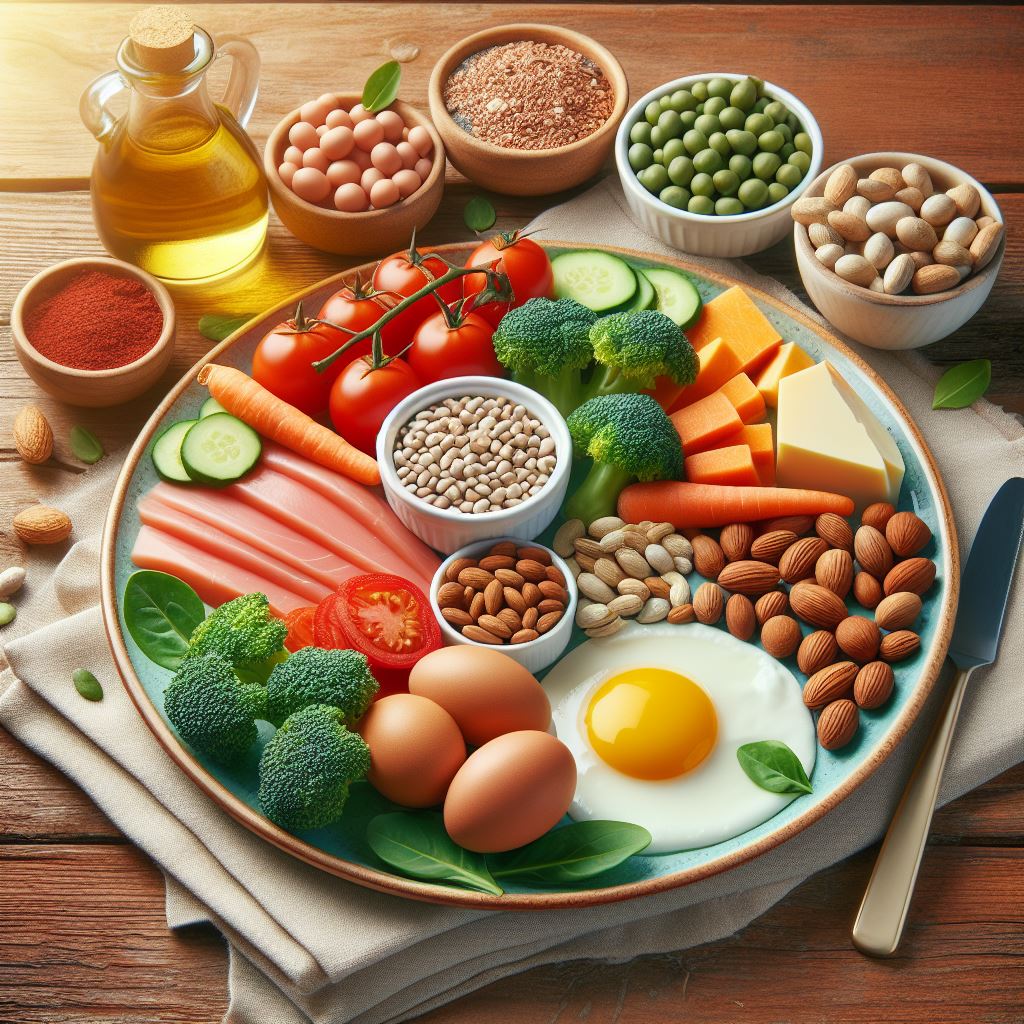
When to See a Dermatologist
We all strive to look our best, and a big part of that is having healthy, glowing skin. Skincare isn't just about vanity, though. It's about health and wellness, too. Sometimes, despite our best efforts, skin problems can creep up that demand more attention than a store-bought product or home remedy can provide. That's when it's time to consider making an appointment with a skin expert, a dermatologist.
A dermatologist is a medical professional who specializes in conditions involving the skin, hair, and nails. You might think of them when you get a particularly harsh sunburn or have a bad reaction to a skincare product, but their scope extends beyond that. Here are a few conditions when you should definitely see a dermatologist:
- Persistent Acne: Acne isn't just a teen problem. Adults can get it too. If you're finding that your acne isn't responding to over-the-counter treatments, or it’s causing scars or affecting your self-esteem, it's time to seek help.
- Unusual Spots or Moles: If you've noticed a new mole or spot that is irregular in shape, changes color, or grows rapidly, it's worth having a dermatologist look at it. These may be signs of skin cancer.
- Irritated, Dry, or Itchy Skin: While dry skin is common in colder months, persistent itchiness and dryness could be an indication of conditions such as eczema or psoriasis.
- Persistent Rashes: A rash that doesn't go away or keeps coming back could be a symptom of an allergic reaction or a chronic skin disease.
Remember, prevention is always better than cure. Regular checkups with a dermatologist can help you not only look after the health of your skin but also catch any potential problems early. Keep in mind that your skin is your body's largest organ, and it deserves care and attention just like the rest of you.
So when in doubt, don’t hesitate to reach out to a dermatologist. After all, you deserve to be comfortable in your own skin! Health is wealth, and that includes skincare too!

Conclusion
Caring for your nails isn't merely about aesthetics; it's a vital aspect of your overall wellness. This journey begins with understanding your nails' unique structure, knowing the main issues that can affect them, and learning how to counter these effectively. Remember, your diet plays a significant role in nail health—you are, after all, what you eat! But when home care isn't enough, don't hesitate to consult a dermatologist.
At the end of the day, every woman deserves to have nails that aren't just beautiful, but also healthy and strong. And this is where I, Nina from Nina Nailed It, can lend you a hand (pun intended!). With a world of creative and personalized nail designs, I ensure each client leaves my home-based salon feeling confident, empowered, and absolutely fabulous! From keeping you on-trend with Russian manicures and pedicures, to working magic on your short acrylic nails, I've got you covered.
So ladies, it's time to treat those nails right—because you, and your nails, absolutely deserve it!
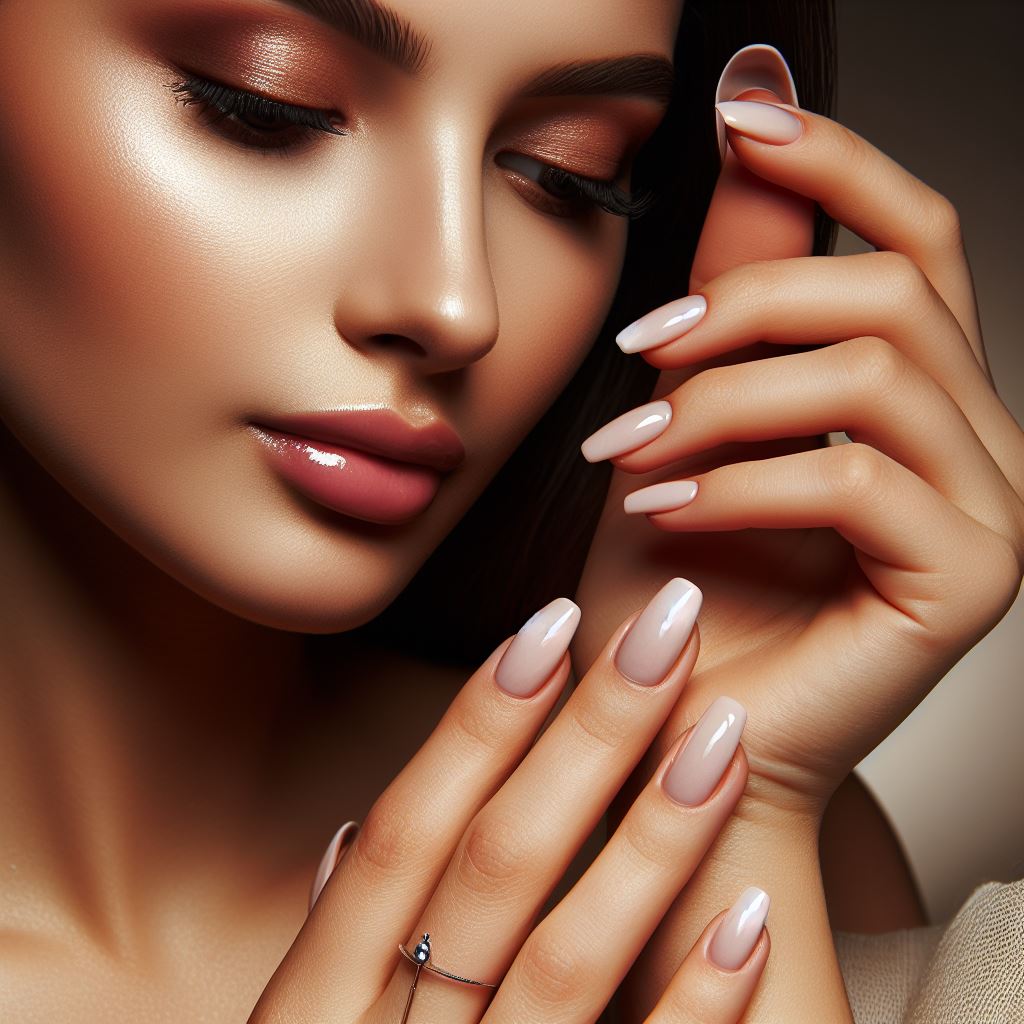
Frequently Asked Questions
-
How often should I trim my nails?
It is recommended to trim your nails every 1-2 weeks. Regular trimming helps prevent breakage and maintain a neat appearance.
-
How should I file my nails?
File your nails in one direction, using a gentle back-and-forth motion. Avoid aggressive filing or sawing, as it can weaken the nails and cause them to split.
-
What is the best way to care for cuticles?
To care for cuticles, apply cuticle oil or cream regularly to keep them moisturized. Gently push back cuticles using a cuticle pusher, but avoid cutting them, as it can lead to infection or damage.
-
What can I do to strengthen my nails?
To strengthen your nails, avoid excessive use of harsh nail products like acetone-based removers. Maintain a balanced diet rich in vitamins and minerals, and use a strengthening nail treatment or clear base coat.
-
How can I prevent nail damage?
To prevent nail damage, avoid using your nails as tools for opening cans or packages. Wear gloves while doing household chores or gardening. Additionally, protect your nails from excessive moisture by using gloves while washing dishes or swimming.